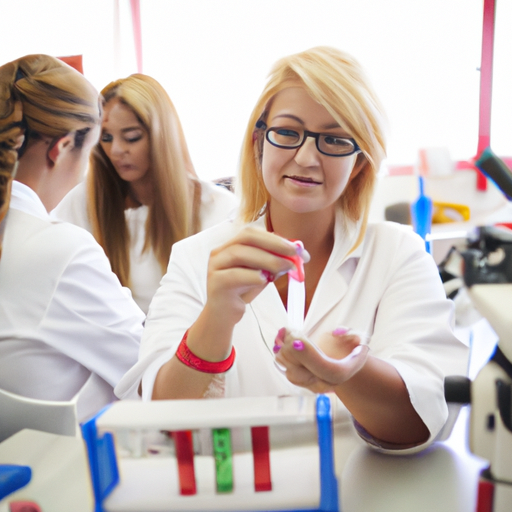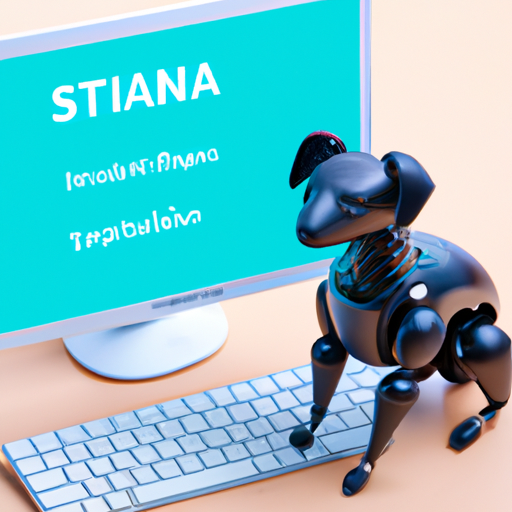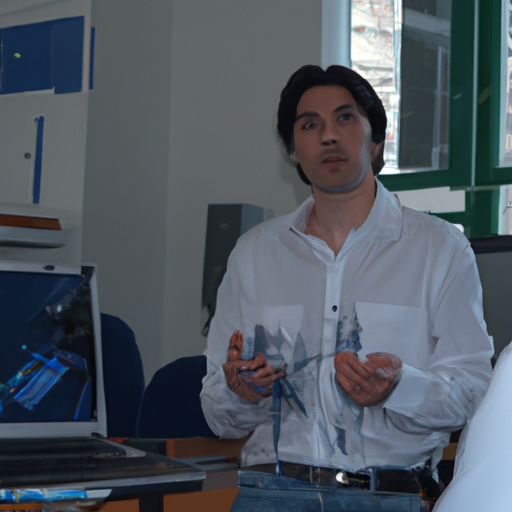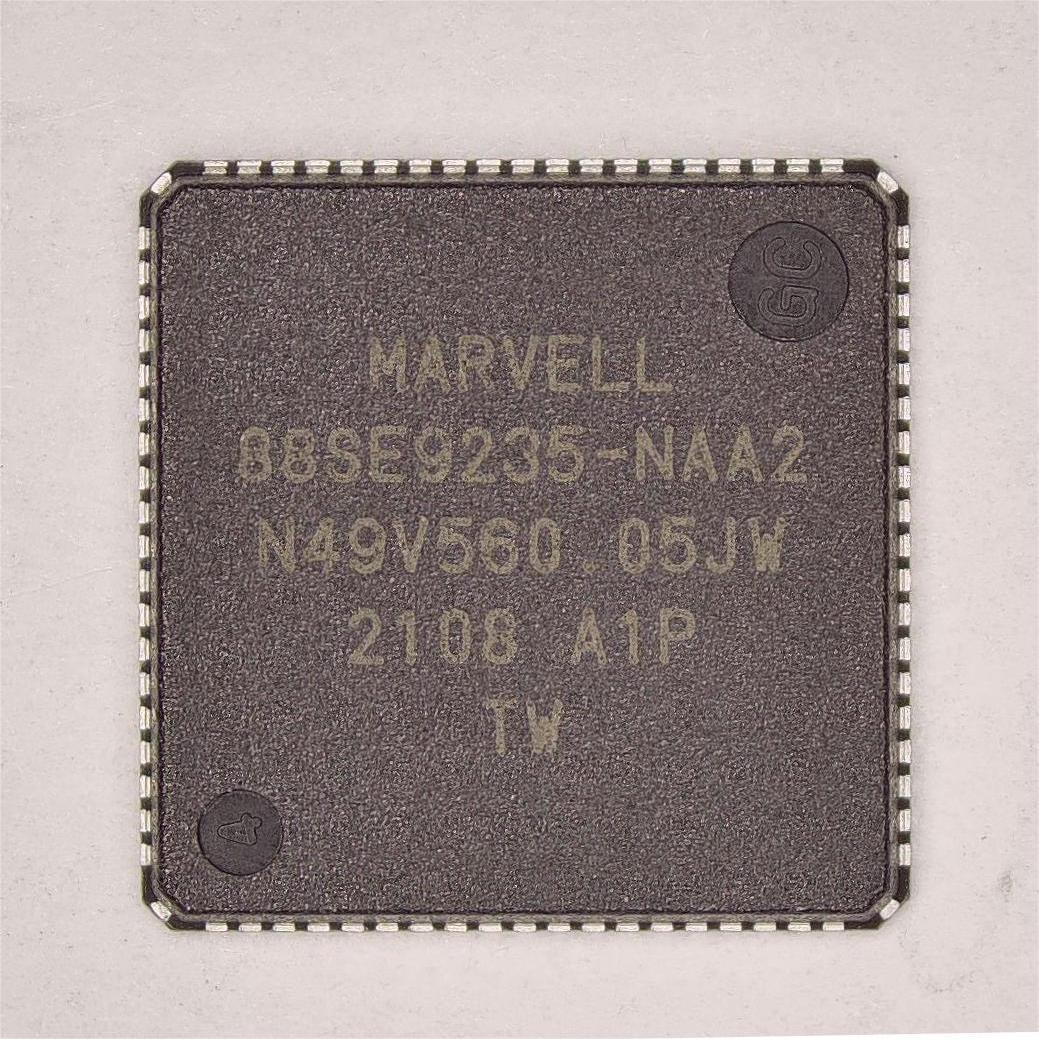What kind of product is being tested?
What Kind of Product is Being Tested?
I. Introduction
In the fast-paced world of commerce, product testing plays a crucial role in ensuring that goods meet consumer expectations and regulatory standards. Product testing is the process of evaluating a product's performance, safety, and usability before it reaches the market. This process is vital across various industries, from consumer goods to pharmaceuticals, as it helps identify potential issues, enhances product quality, and ultimately leads to customer satisfaction. In this article, we will explore the different types of products commonly tested, the product testing process, methods employed, case studies, challenges faced, and future trends in product testing.
II. Types of Products Commonly Tested
A. Consumer Goods
Consumer goods encompass a wide range of products that people use daily. Testing in this category is essential to ensure safety and effectiveness.
1. **Food and Beverages**: Food safety is paramount, and products undergo rigorous testing for contaminants, nutritional content, and taste. For instance, new snack foods are often tested for flavor and texture through consumer panels before launch.
2. **Household Products**: Cleaning agents, detergents, and other household items are tested for efficacy and safety. For example, a new laundry detergent may be evaluated for its stain removal capabilities and skin sensitivity.
3. **Personal Care Items**: Cosmetics and personal hygiene products are tested for safety and effectiveness. This includes dermatological testing to ensure that products do not cause allergic reactions.
B. Electronics
The electronics industry is characterized by rapid innovation, making product testing essential to ensure functionality and user satisfaction.
1. **Smartphones and Tablets**: These devices undergo extensive testing for performance, battery life, and user interface. Companies often conduct beta testing with select users to gather feedback on usability.
2. **Home Appliances**: Products like refrigerators and washing machines are tested for energy efficiency and performance. Testing may include simulating years of use in a short period to assess durability.
3. **Wearable Technology**: Devices such as fitness trackers are tested for accuracy in tracking health metrics and user comfort.
C. Pharmaceuticals
The pharmaceutical industry is heavily regulated, and product testing is critical to ensure safety and efficacy.
1. **Prescription Medications**: New drugs undergo clinical trials to assess their effectiveness and side effects before they can be approved for public use.
2. **Over-the-Counter Drugs**: These products are also tested for safety and effectiveness, often through consumer studies to gauge public perception.
3. **Vaccines**: Vaccine testing is one of the most rigorous processes, involving multiple phases of trials to ensure safety and efficacy before public distribution.
D. Automotive Products
The automotive industry relies on extensive testing to ensure safety and performance.
1. **Vehicles**: Cars undergo crash tests, performance evaluations, and emissions testing to meet safety and environmental standards.
2. **Parts and Accessories**: Components like tires and brakes are tested for durability and performance under various conditions.
E. Software and Applications
In the digital age, software testing has become increasingly important to ensure functionality and user experience.
1. **Mobile Apps**: Apps are tested for usability, performance, and compatibility across different devices and operating systems.
2. **Enterprise Software**: Business applications undergo rigorous testing to ensure they meet organizational needs and integrate seamlessly with existing systems.
III. The Product Testing Process
A. Initial Research and Development
The product testing process begins long before a product is launched.
1. **Conceptualization**: Ideas are generated based on market research and consumer needs.
2. **Prototyping**: Initial prototypes are created for testing and refinement.
B. Testing Phases
The testing process typically involves several phases.
1. **Pre-Market Testing**: This phase includes laboratory testing and focus groups to gather initial feedback.
a. **Laboratory Testing**: Products are tested in controlled environments to assess safety and performance.
b. **Focus Groups**: Target consumers provide feedback on prototypes, helping identify potential issues.
2. **Market Testing**: Once a product is refined, it undergoes market testing.
a. **Beta Testing**: A select group of consumers uses the product in real-world conditions, providing valuable feedback.
b. **Consumer Feedback**: Surveys and interviews are conducted to gather insights on user experience.
C. Regulatory Compliance
Compliance with industry standards and safety regulations is crucial.
1. **Industry Standards**: Products must meet specific criteria set by regulatory bodies.
2. **Safety Regulations**: Testing ensures that products do not pose risks to consumers.
IV. Methods of Product Testing
A. Qualitative Testing
Qualitative methods focus on understanding consumer perceptions and experiences.
1. **User Interviews**: Direct conversations with users provide insights into their experiences and preferences.
2. **Observational Studies**: Researchers observe users interacting with products to identify usability issues.
B. Quantitative Testing
Quantitative methods involve numerical data to assess product performance.
1. **Surveys and Questionnaires**: These tools gather data from a larger audience, providing statistical insights.
2. **Statistical Analysis**: Data is analyzed to identify trends and correlations.
C. A/B Testing
A/B testing is a method used primarily in marketing and product development.
1. **Definition and Purpose**: This method involves comparing two versions of a product to determine which performs better.
2. **Application in Marketing and Product Development**: A/B testing helps refine product features and marketing strategies based on consumer preferences.
V. Case Studies of Product Testing
A. Successful Product Launches
1. **Example 1: A Consumer Electronics Product**: A leading smartphone brand conducted extensive beta testing, leading to a successful launch with high customer satisfaction.
2. **Example 2: A Food Product**: A new snack brand used focus groups to refine its flavor profile, resulting in a product that quickly gained market share.
B. Failed Products and Lessons Learned
1. **Example 1: A Tech Gadget**: A smartwatch failed due to inadequate testing of its battery life, leading to negative reviews and a quick withdrawal from the market.
2. **Example 2: A Beverage Brand**: A new energy drink was pulled after consumer testing revealed adverse reactions, highlighting the importance of thorough safety testing.
VI. Challenges in Product Testing
A. Budget Constraints
Limited budgets can restrict the extent of testing, potentially leading to overlooked issues.
B. Time Limitations
Rushed timelines can compromise the thoroughness of testing, increasing the risk of product failure.
C. Consumer Bias and Feedback Interpretation
Interpreting consumer feedback can be challenging, as biases may influence responses.
D. Rapid Technological Changes
Keeping up with technological advancements can complicate testing processes, requiring constant adaptation.
VII. Future Trends in Product Testing
A. The Role of Artificial Intelligence
AI is increasingly being used to analyze data and predict consumer behavior, enhancing the testing process.
B. Increased Focus on Sustainability
As consumers become more environmentally conscious, testing for sustainability will become a priority.
C. Remote Testing and Virtual Reality
Remote testing methods and virtual reality simulations are emerging as effective ways to gather consumer feedback without geographical limitations.
D. Consumer-Centric Approaches
Businesses are shifting towards more consumer-centric testing approaches, involving users in the development process from the outset.
VIII. Conclusion
Product testing is an essential component of successful product development across various industries. It ensures that products meet consumer expectations and regulatory standards, ultimately leading to customer satisfaction and brand loyalty. As the landscape of product testing continues to evolve, businesses must prioritize thorough testing processes to adapt to changing consumer needs and technological advancements. By investing in product testing, companies can mitigate risks, enhance product quality, and foster innovation in an increasingly competitive market.
IX. References
A comprehensive list of academic journals, industry reports, and books on product development and testing would be included here to support the information presented in the article.
---
This blog post provides a detailed exploration of product testing, covering its significance, processes, methods, and future trends, while also highlighting real-world examples and challenges faced in the industry.














